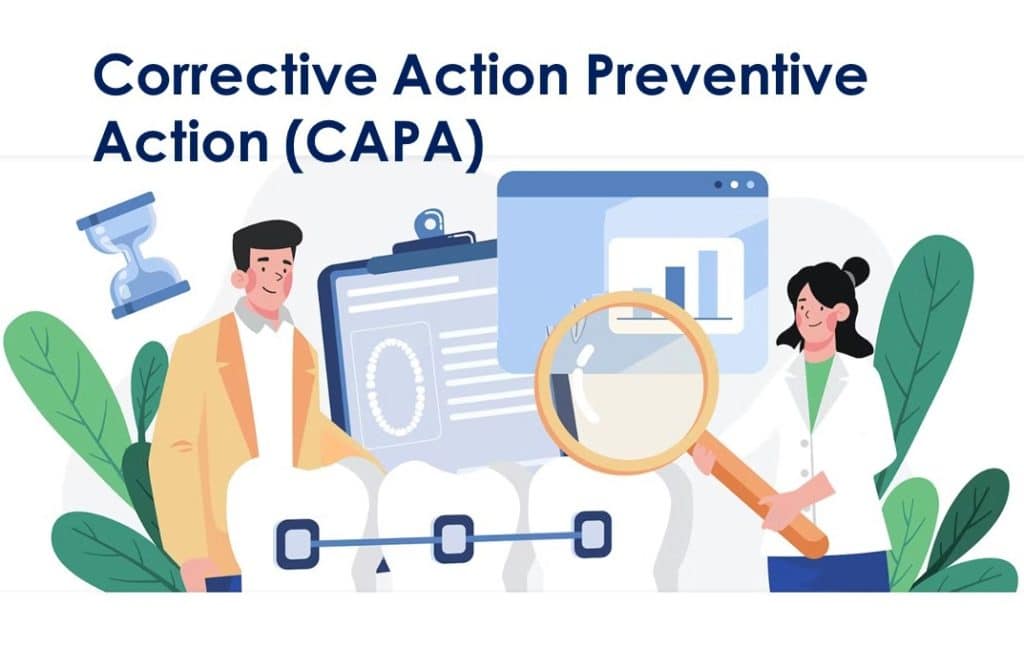Corrective and Preventive Action (CAPA) is a proven process used in various industries to identify, investigate, and address problems or issues that arise in a product, process, or service. The CAPA process involves taking corrective actions to address the root cause of the problem and prevent its recurrence in the future.
It also involves taking preventive actions to proactively avoid similar issues from happening in the first place. The CAPA process is a critical component of quality management systems in industries such as pharmaceuticals, medical devices, and manufacturing.
CAPA is a proven crucial process in ensuring quality management in many industries, including pharmaceuticals, medical devices, and manufacturing. A streamlined CAPA process helps organizations identify and address problems promptly, prevent recurrence, and continuously improve their operations.
Here are five proven steps to streamline your CAPA process:
Define your CAPA process:
The first step is to clearly define your CAPA process, including the steps and stakeholders involved. This process should be documented and easily accessible to everyone involved. You should also establish clear guidelines for identifying and prioritizing CAPAs and ensure that all stakeholders are aware of these guidelines.
Implement a standardized approach:
Standardizing your CAPA process can help streamline it and ensure that it is consistent across your organization. This can include using standardized forms, templates, and checklists to guide the process. You should also establish a clear process for reviewing and approving CAPAs to ensure consistency and efficiency.
Automate the process:
Automation can help streamline your CAPA process by reducing manual tasks and improving data accuracy. For example, you can use software to automatically assign CAPAs to the appropriate stakeholders, track progress, and send reminders for overdue tasks. This can also help improve communication and collaboration among stakeholders.
Provide training:
It’s important to provide training to all stakeholders involved in the CAPA process to ensure they understand their roles and responsibilities. This includes training on the process, guidelines, and any tools or software being used. Providing ongoing training can also help ensure that stakeholders are up to date with any changes or improvements to the process.
Monitor and measure performance:
Monitoring and measuring the performance of your proven CAPA process is essential for continuous improvement. You should establish metrics to track the effectiveness and efficiency of the process, such as the time it takes to complete CAPAs or the percentage of CAPAs closed within the target timeline. Regularly reviewing these metrics and making improvements based on the data can help ensure your CAPA process is continuously improving.
Conclusion
The CAPA process is critical for ensuring quality management, regulatory compliance, and continuous improvement in many industries. By implementing a proven, robust CAPA process, organizations can proactively identify and address issues, reduce costs, and enhance customer satisfaction. By following these steps, you can streamline your CAPA process and ensure that it is efficient, effective, and consistent across your organization

